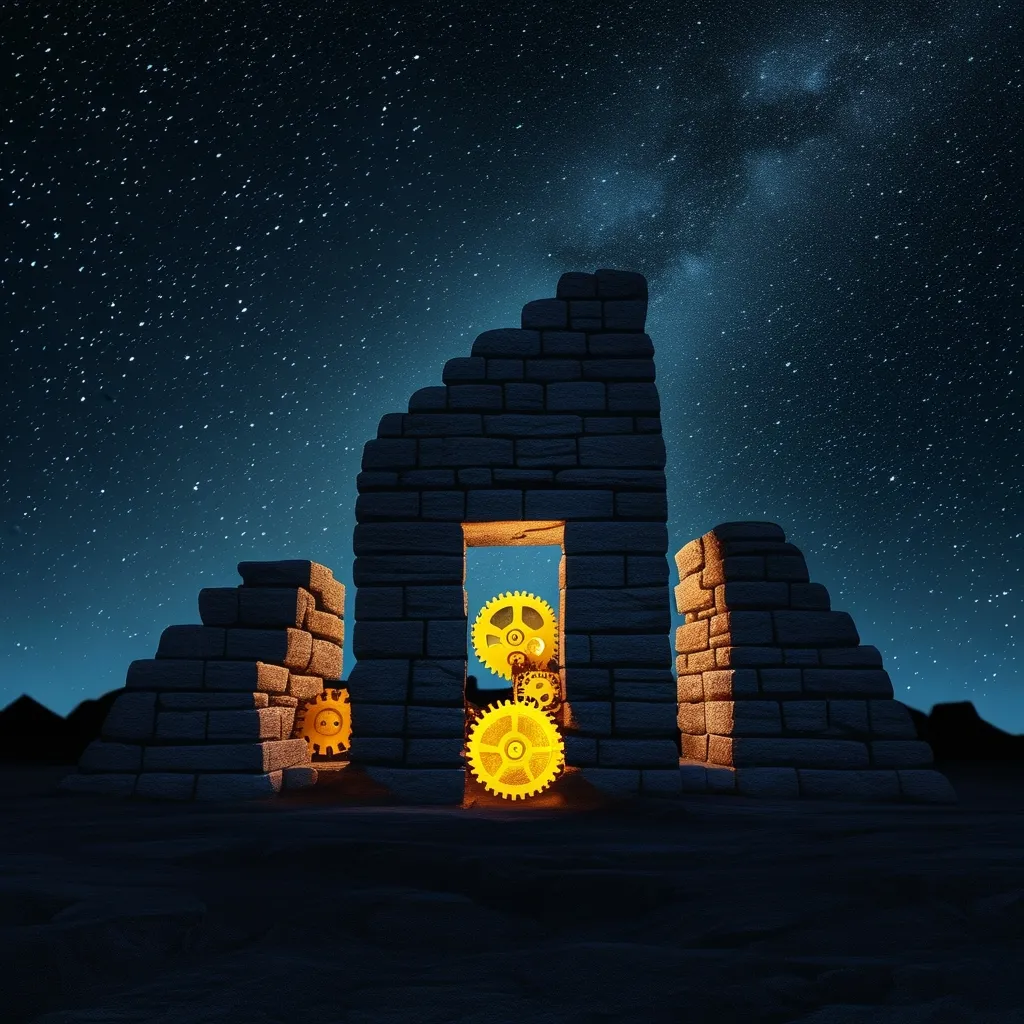In a world filled with stories of time travel and futuristic predictions, none is as intriguing as that of Paul Amadeus Dinock. Let’s travel back to 1924, a time when Dinock, a German-language teacher stationed in Greece, found himself battling tuberculosis. With his health failing, he decided to return to his homeland, Switzerland. Before leaving, he entrusted a collection of handwritten notes to his most promising student, Georgios Papahatsis, suggesting that translating them might aid in learning German. Little did Papahatsis know, these notes contained a window into a thrilling and bewildering tale.
As Papahatsis delved into these pages, he uncovered vivid descriptions of a nuclear war, the colonization of Mars, a unified global government, and advancements in technology such as flying vehicles and contact with extraterrestrial life. Initially mistaking these entries for a science fiction novel, Papahatsis soon realized he was reading Dinock’s personal diary—a record of an extraordinary experience.
Rewind to May 1921. Dinock, while teaching, was suddenly struck with a dizzy spell that led to a severe fever landing him in the hospital. Slipping in and out of consciousness, he perceived shadowy figures around him, unable to communicate due to his weakened state. Upon awakening, he was confronted with a reality that entirely diverged from his own time. The people dressed differently, spoke an unfamiliar language with traces of English and Swedish. However, communication was nearly impossible until a doctor managed to engage with him in broken German.
As it turns out, Dinock had entered a story stranger than fiction. The medical staff, believing him to be Andreas Northam—a revered physics professor who had experienced a severe accident—marveled at Dinock’s claim that he was from the year 1922 when it was, in fact, 3906. He was not merely displaced in time but consciousness, or so believed the Electors, wise sages who explained that Dinock’s soul had shifted into the future through a phenomenon called “consciousness shift.”
These Electors speculated that during a fatal accident that befelled the professor Northam, Dinock’s consciousness had swapped places with Northam’s, bringing him 2,000 years into the future. They shared theories on time’s fluidity, suggesting that all consciousness exists simultaneously across different points. To help restore the original balance and possibly send Dinock back to his own time, they appointed Stefan, Northam’s old friend, as his guide, nurturing Dinock’s adaptation to this vastly advanced society.
As Dinock navigated this new world, he encountered astonishing innovations and historical revelations—such as a device akin to tablets today, the “Regan Schwager,” used to learn with immersive audio-visual effects. The future world’s narrative spanned the harrowing years from 2000 to 2300, dominated by wars and Mars colonization, with eventual devastations and recoveries, leading to the establishment of Redstat, a flawed global government.
Despite its rocky start, the future took inspiring turns. Over centuries, governance evolved beyond corruption towards meritocracy, with scientists and philosophers at its helm, transforming society into a utopia where work became secondary to living. Society had transcended to serve the greater good, with work limited to a minimal, mandatory service period, perhaps, reflecting an ideal folks today find poignant yet elusive.
Yet it wasn’t just about material progress. Humanity’s evolution took an unexpected twist in the advent of a momentous shift—the “Nebelwerk.” This biological milestone gave rise to a new human species, “Homo Occidentalis Novus,” possessing heightened cognitive abilities and spiritual enlightenment, reshaping human nature into a purer, selfless form. It was now an existence devoid of the greed or envy seen as relics of a bygone, primitive age.
While in this future realm, Dinock found compelling personal solace and a connection to his past, which linked him back to a poignant memory. In a surreal twist, the instances with Sylvia, a woman he grew close to, resonated with echoes of his first love, Anna. This brought forward the intimate notion of reincarnation and cosmic promise fulfillment, where Sylvia’s actions mirrored those of Anna, symbolically sealing a bond across time.
After experiencing this year’s interlude into the distant future, Dinock slipped into sleep—a simple respite not known since before his coma—sparking his return to 1922. Waking in his own time, Dinock found his experiences documented in over 300 pages of revelation.
But who was Paul Amadeus Dinock, really? Well, mystery shrouds his identity. His tale, as told, challenges the bounds of reality and skepticism. Even though some might find truth enveloped within its pages due to its elaborate detail of future milestones and technological forecasts, others argue it as a mere dream or a well-crafted narrative drawn from his subconscious during his illness.
Then there lingers a critical skepticism: Did Paul Dinock even exist? No records of such a man being found in the cities he allegedly inhabited. Even the compelling tale recounts loss—the original diary ceased during wartime by soldiers, remained unrecovered. This enigma steers some to acknowledge this as an intellectual endeavor by Papahatsis himself, interweaving fiction with philosophy under a speculative guise, provoking reflection on human nature and potential futures.
Regardless of its origins, Dinock’s tale carries an allure that compels engagement and wonder. In a world brimming with uncertainties about our future—be it scientific breakthroughs, societal transformations, or spiritual evolutions—it is such narratives that endow us with the space to ponder, irrespective of their factual genesis. Whether Paul Amadeus Dinock’s voyage into the year 3906 was merely an imaginative exercise or a glimpse into what could be, it remains a captivating legend, melding science fiction’s fascination with mankind’s perennial quest for meaning and purpose beyond the here and now.






